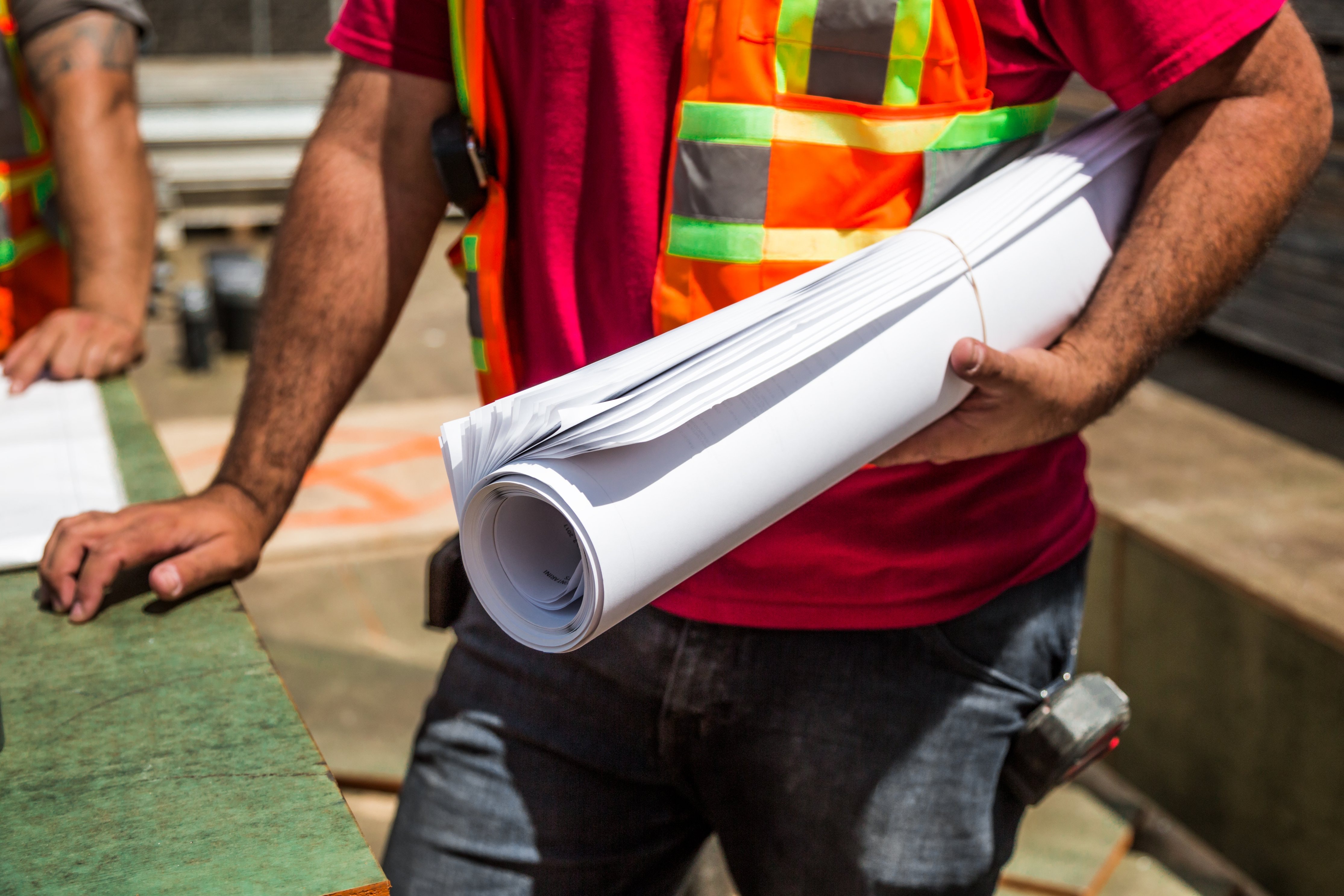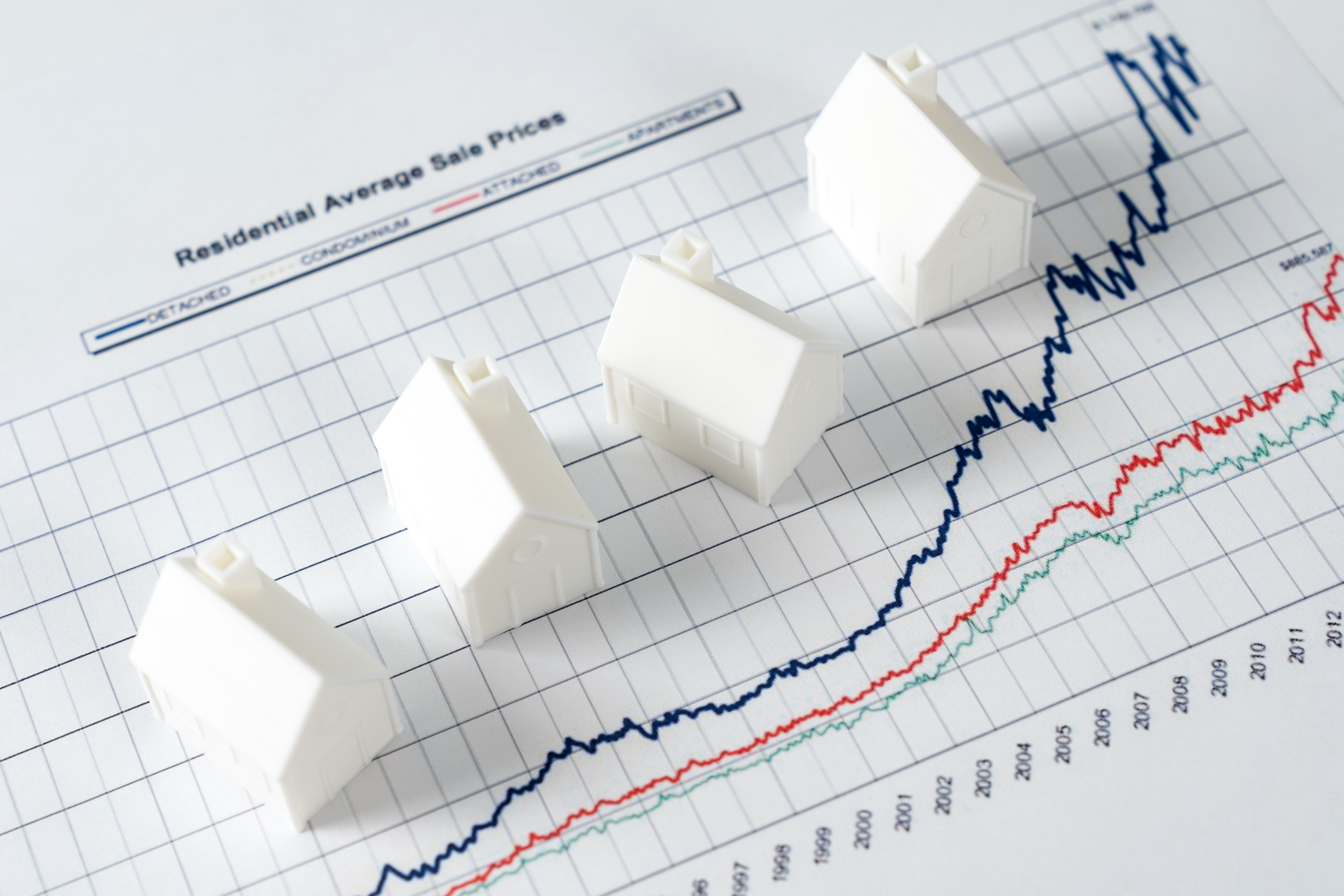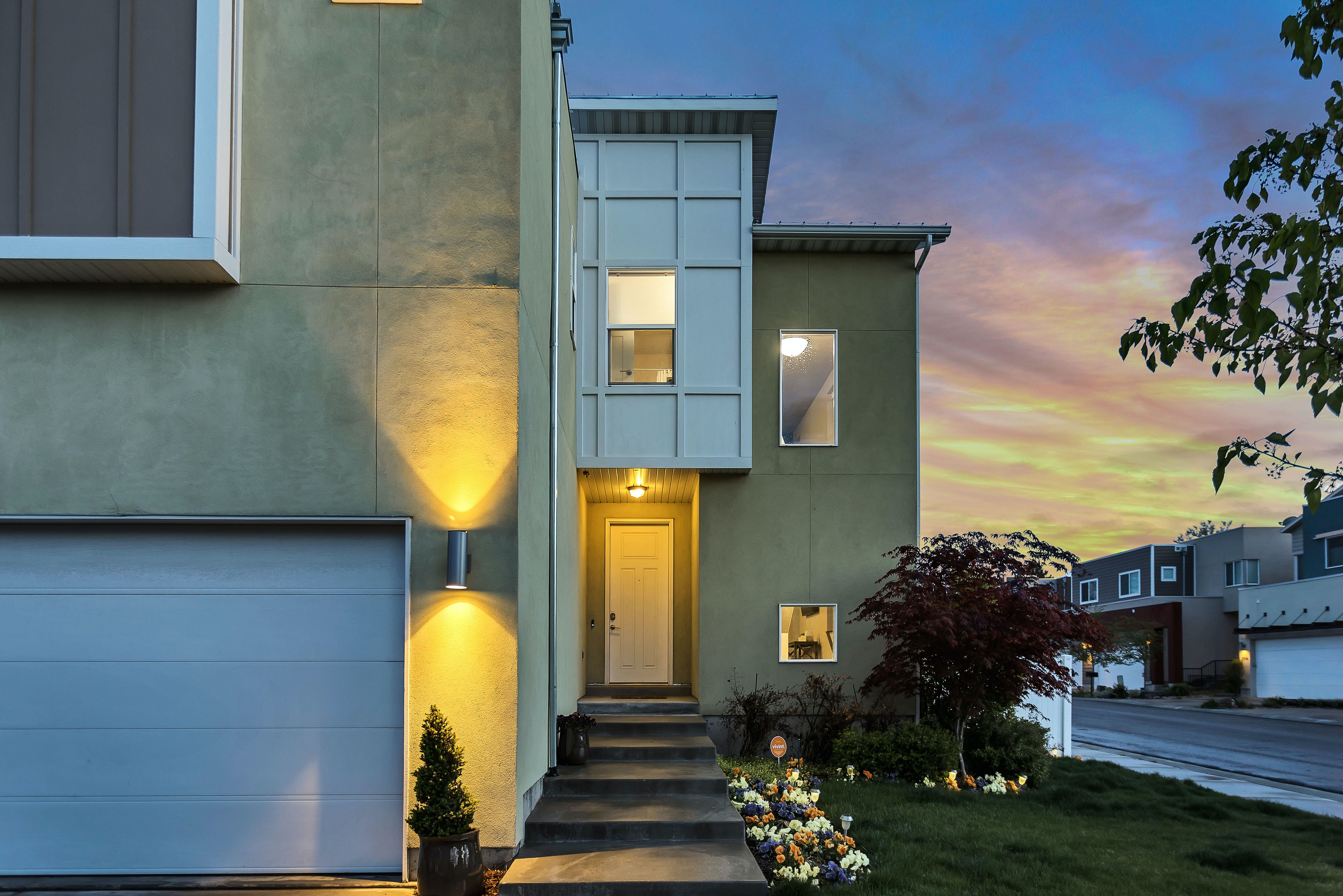Building your home is an exciting, but daunting process. There are a number of benefits to building your own home, including:
- Construction – you can monitor construction closely and research the builder’s history and previous projects, ensuring your property is built to your standard of quality;
- Design – you can choose the model and layout of your home; and
- Budget – you can choose the features of your home according to your budget.
When deciding whether to build, it is important to consider:
- New homes may cost more than older homes and are sometimes built on small parcels of land;
- The costs of paying rent while your home is being built;
- Any unexpected costs discovered in the initial site preparation, or dealing with items not covered in your building contract;
- Many packages are advertised using a base price, which doesn’t include the high quality finishes you may have found in a Display Home. It’s important to work closely with your builder to understand what is (and isn’t) included in a build price.
- You’re ability to work closely with your builder, including the contractor and/or tradespeople through the process to ensure a seamless process; and
- Any delays with building due to bad weather and other unavoidable factors.
A construction loan can provide you with multiple option, and be used to build your own brand new home or complete substantial renovations to an existing property. You should have your construction loan in place before you begin the building process. When applying for a construction loan, you will need to make sure you have calculated how much the project is likely to cost. You should consider the following:
- How much deposit you’ll need to pay;
- How progress payments will be determined with your builder (if you prefer to make all payments after the home is built, a ‘price on completion’ quote can sometimes be requested); and
- Stamp Duty, legal fees, and other costs associated with your loan.
The amount available to borrow will be partly based on the value of the property upon completion of the construction.
A construction loan has a different loan structure to home loans designed for people buying an existing home. Significantly, a construction loan has a progressive drawdown. That is, you draw down the loan (or increase your borrowing) as needed to pay for the construction progress payments.
Generally, the progress payments will be made upon completion of major stages in your build, as confirmed in your build contract (including after the Slab has been laid, after the Frame of the property has been completed, or after the Fit-Out or Fixing has been completed. After each progress payment, your loan balance increases, which in turn increases your monthly mortgage repayments. This is an important part of the process to understand – as your mortgage repayments are steadily increasing – before you move into (or start collecting rental income on) your new home.
Upon completion of your home, your lender will finalize the Handover process – which includes confirming the house has been built as described in the initial loan application process and approval. In other words – don’t decide on any last minute changes with your builder without checking with your broker or lender first!
Are you thinking of building your own home, but aren’t sure where to start? JFG’s expert brokers can help you understand the market and simplify the process of applying for a construction loan. Speak to us today on (07) 3278 0000 or by sending an email to admin@jfgroup.com.au.
Contributor: Sharon Palmer – Operations Manager, Jacques Financial Group













